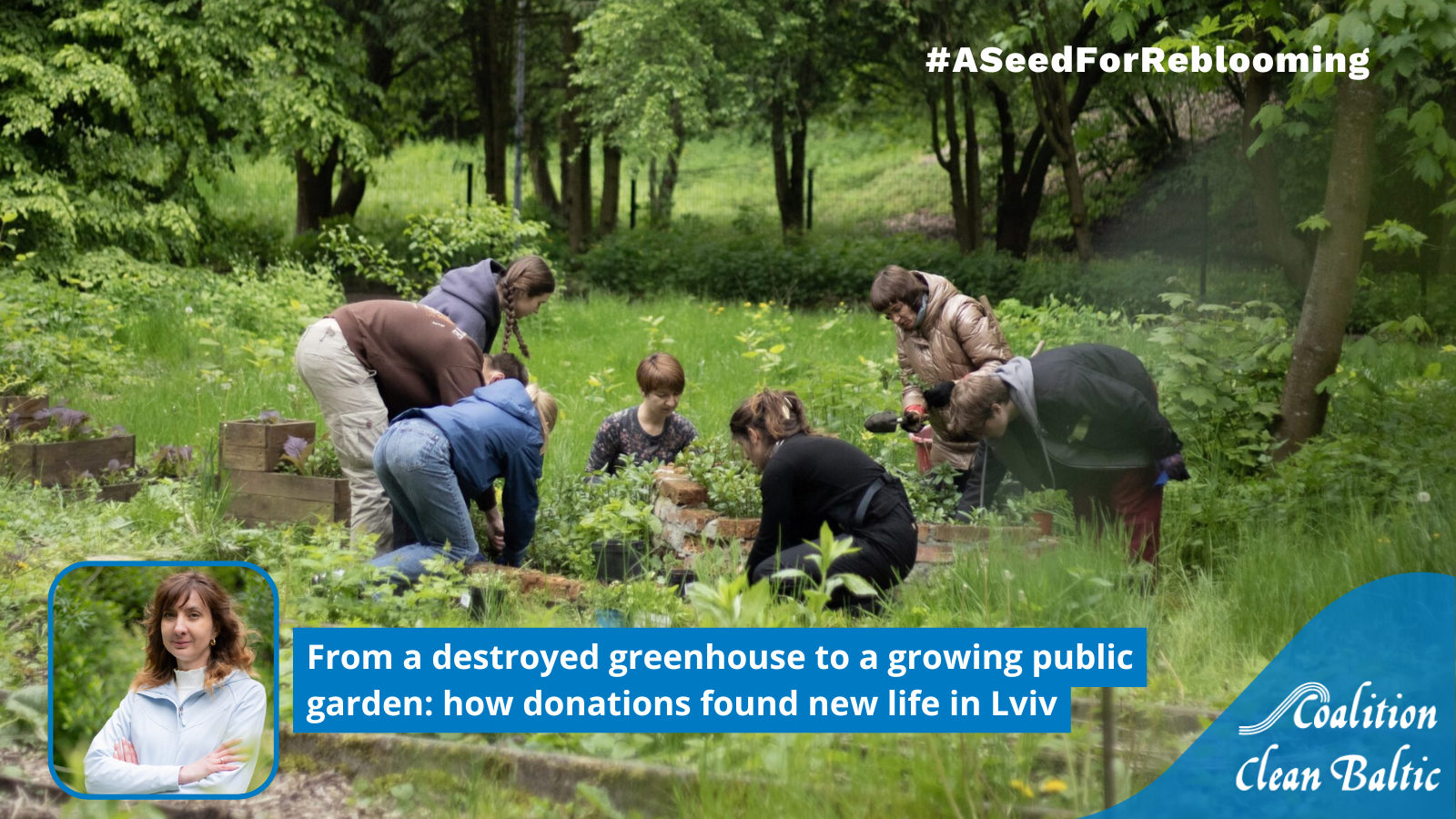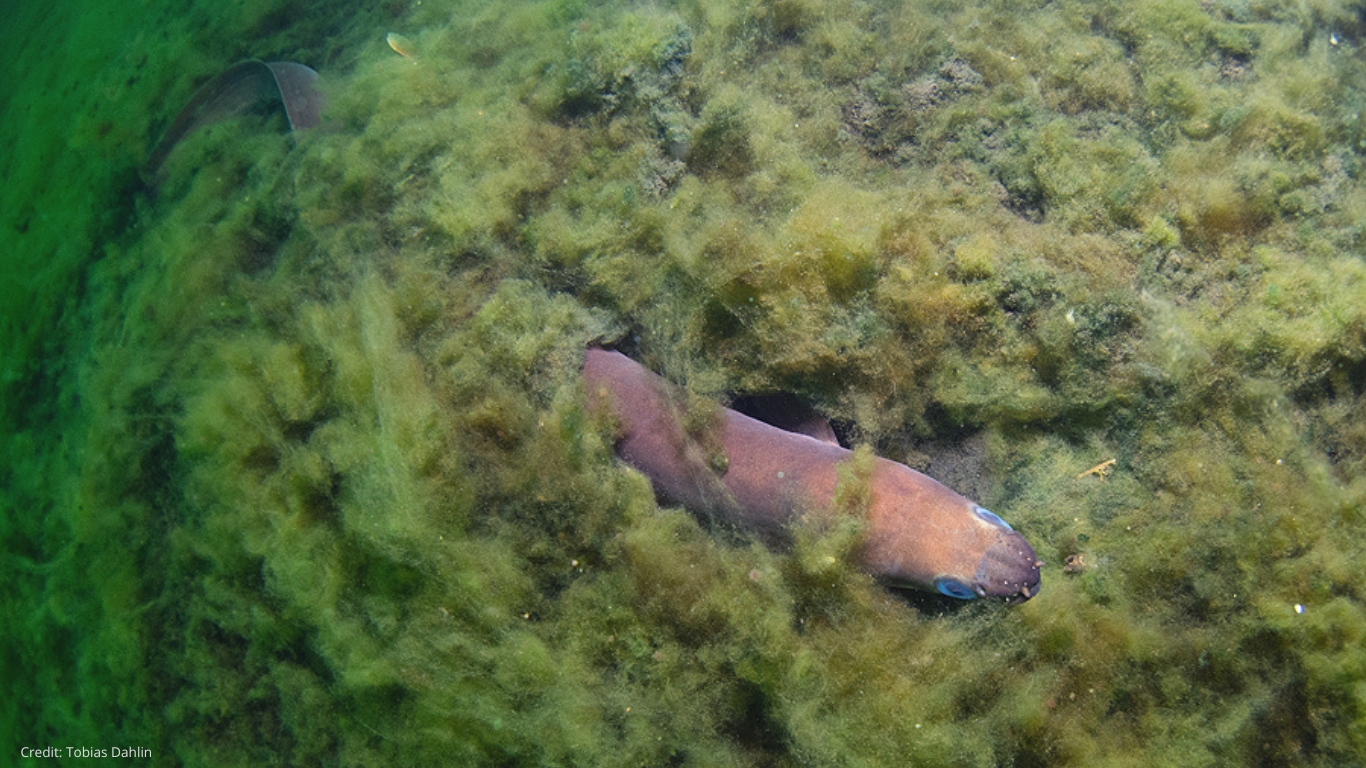Nord Stream 2 AG has confirmed presence of “additional” 4 redlisted plant species within the proposed route of its gas pipeline across Kurgalsky Nature Reserve, in the Leningrad Region of Russia
In its official press-release from June 25, 2018 published only in Russian in Zug (Switzerland) and Saint Petersburg (Russia), the Nord Stream 2 AG, the developer of the Nord Stream-2 gas pipeline across the Baltic Sea, has confirmed presence of so called “additional” protected plant species within the proposed route of the pipeline across Kurgalsky Nature Reserve . Company claims that all those species “are designated as transplantable” without proper explanation of such justification.
According to the press-release, presence of the “newly discovered” plants was confirmed during pre-construction environmental monitoring, which is carried out in “close cooperation with environmental specialists, authorized authorities and taking into account the information provided by scientists and experts from the Leningrad Region”.
Which are those species , one may wonder, and what are the grounds for them to be considered “transplantable” ? ( Pictures below are kindly provided by the researchers of Komarov Botanical Institute of the Russian Academy of Sciences: Elena Glazkova, Nadezhda Liksakova, Irina Stepanchikova )
 |
|
 |
2. Spoonleaf sundew
( Drosera intermedia Hayne
)
|
 |
3. Bird’s-nest orchid
( Neóttia nídus-ávis
)
|
 |
4. Aulacomnium moss
( Aulacomnium androgynum
)
|
The Nord Stream 2 AG claims that company’s actions in case of detection of objects of biological value are regulated by an appropriate protocol developed in accordance with the requirements of the corporate policy on biodiversity conservation in case of detection of protected species during the project implementation. Permit replanting will be obtained in accordance with Russian legislation.
However, both prior to the recent findings as well as now, the experts of Komarov Botanical Institute of the Russian Academy of Sciences have submitted to the Russian environmental authorities their negative statement on possibilities of re-planting of those protected species .
Nord Stream 2 AG also claims to recognize its responsibility with respect to protected plant and animal species. The project is implemented in strict compliance with Russian legislation and international standards, including the standards of the International Finance Corporation.
Let us remind that presence of 7 protected species of plants (identified within proposed construction corridor, including recently “found”) has been repeatedly reported to the developer of the project by the scientific community since the very beginning of the public consultations on the project. It has been also clearly stated in Public Environmental Review of the project’s EIA (cf. p.42).
Meanwhile, the developer preferred to ignore those notifications before getting the environmental and construction permits, which is the violation of both Russian environmental legislation (precautionary principle, stated in several laws) as well as IFC Standard 6 (Biodiversity Conservation and Sustainable Natural Resource Management – with regards to natural habitats destruction). How about other “scientific” data that was used in the project’s EIA? Should we expect more “surprises”?
Given the above, it is highly relevant that the International Union of Nature Conservation ( IUCN ) sends its Advisory Mission to monitor the situation with threatening the status of Kurgalsky Peninsula , wetland of International Importance, being listed by the Ramsar Convention for its unique nature values.
Full text of this release is available in pdf here.
UPDATE :
- read more about the situation in the translation of an article of St.Petersburg ecologist Alexey Travin
- observe on-spot photo evidences of “re-planting” practices by Greenpeace Russia

